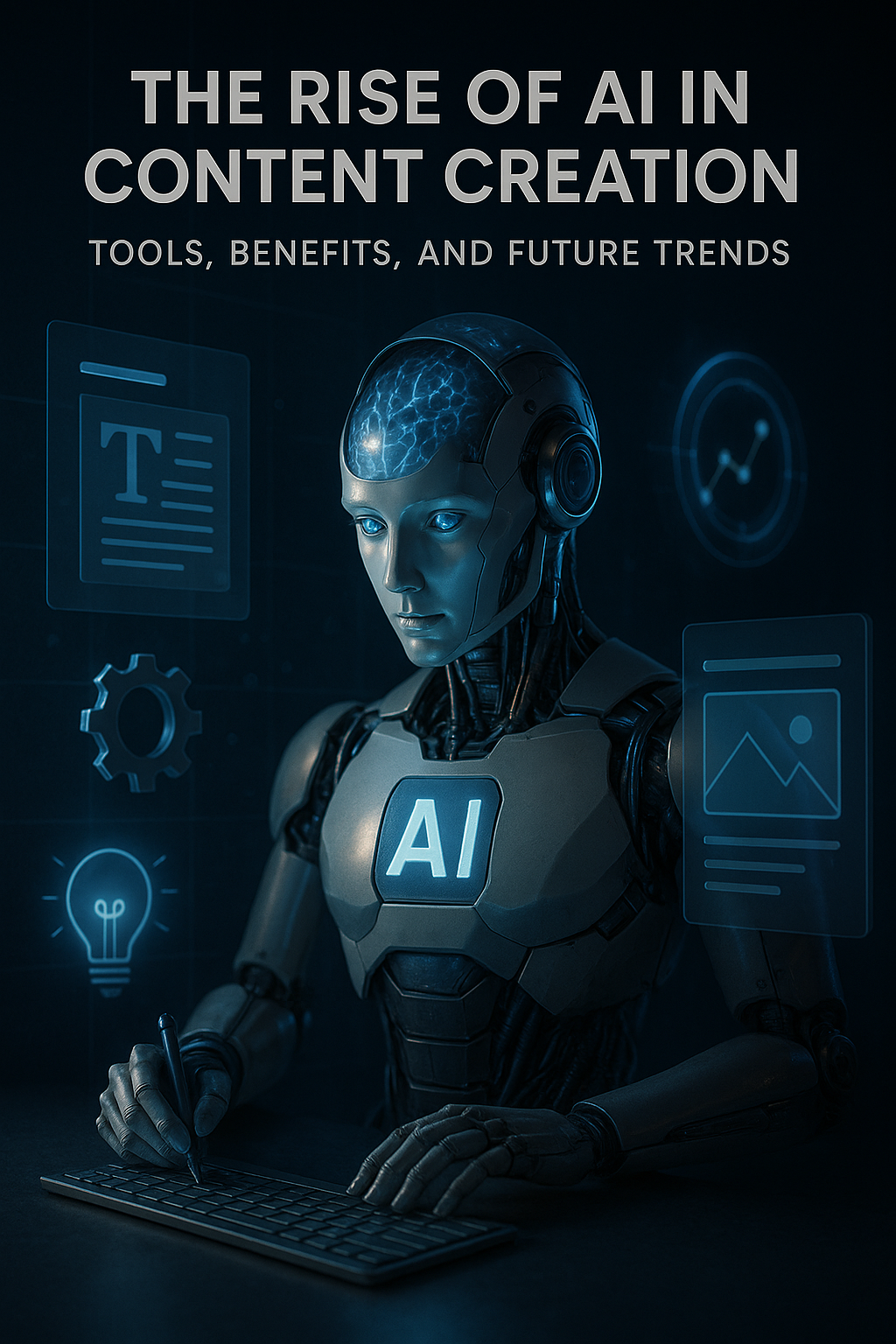Introduction
Artificial Intelligence (AI) is no longer confined to the pages of science fiction. It’s a driving force behind many technologies we interact with daily, from personalized recommendations on streaming services to voice assistants on our phones. Yet, for many, AI remains a complex and somewhat mysterious concept. If you’ve ever wondered what AI truly is, how it functions, or why it’s so impactful, you’re in the right place.
This essential guide for beginners will demystify Artificial Intelligence, breaking down its core definitions, key types, fundamental working principles, and its burgeoning influence on various aspects of our lives. Let’s embark on this exciting journey to understand the technology shaping our future.
What Exactly is Artificial Intelligence (AI)?
At its simplest, Artificial Intelligence (AI) refers to the simulation of human intelligence processes by machines, especially computer systems. These processes include learning (the acquisition of information and rules for using the information), reasoning (using rules to reach approximate or definite conclusions), and self-correction.
In essence, AI aims to enable machines to perform tasks that typically require human intelligence. This ranges from simple calculations to complex decision-making, pattern recognition, and even creative generation. It’s about building intelligent agents that perceive their environment and take actions that maximize their chance of achieving their goals.

A Brief History and Evolution
The concept of intelligent machines dates back centuries, but the term “Artificial Intelligence” was coined in 1956 at a conference at Dartmouth College. Early AI focused on symbolic reasoning, attempting to program computers with explicit knowledge and rules.
The field has since evolved significantly, particularly with advancements in Machine Learning (ML) and Deep Learning (DL). These subfields allow AI systems to learn from data rather than being explicitly programmed for every scenario, leading to rapid progress in areas like image recognition, natural language processing, and autonomous systems.
Key Types of Artificial Intelligence
AI isn’t a monolithic entity; it encompasses several categories, each with varying levels of capability.
- Narrow AI (Weak AI): (H3) This is the most common and currently existing form of AI. Narrow AI is designed and trained for a specific task. Examples include voice assistants (Siri, Alexa), recommendation engines (Netflix, Amazon), spam filters, and image recognition software. They are incredibly good at their designated tasks but cannot perform outside their programmed scope.
- General AI (Strong AI): (H3) This refers to AI that can understand, learn, and apply intelligence to solve any problem, just like a human being. It would possess consciousness, self-awareness, and the ability to transfer learning across diverse tasks. General AI is currently hypothetical and a subject of extensive research.
- Superintelligence: (H3) Even more advanced than General AI, superintelligence would surpass human intellect and capability in virtually every field, including scientific creativity, general wisdom, and social skills. This is purely theoretical at this stage.
How Does AI Work? Fundamental Concepts
While the specifics can be complex, many AI systems operate on a few core principles.
- Machine Learning (ML): (H3) ML is a subset of AI that allows systems to learn from data without explicit programming. Instead of giving a computer a set of instructions for every possible scenario, you feed it large datasets. The algorithm then identifies patterns and relationships within that data, allowing it to make predictions or decisions. For instance, an ML algorithm can learn to distinguish between pictures of cats and dogs after being shown thousands of labeled images.
- Deep Learning (DL): (H3) A specialized field within Machine Learning, Deep Learning uses Artificial Neural Networks (ANNs) – structures inspired by the human brain – to process data. These networks consist of multiple layers, allowing them to learn from vast amounts of complex data (like images, audio, and video) and identify intricate patterns. This is what powers facial recognition, natural language translation, and self-driving cars.
- Natural Language Processing (NLP): (H3) NLP is the branch of AI that enables computers to understand, interpret, and generate human language. This is crucial for applications like chatbots, language translation, sentiment analysis, and voice recognition systems.
- Computer Vision: (H3) This field of AI trains computers to “see” and interpret visual information from images and videos. It’s used in facial recognition, medical imaging analysis, and autonomous vehicles.
AI’s Impact on Our World: Beyond the Hype
AI is already profoundly impacting numerous sectors, and its influence is only set to grow.
- Healthcare: AI assists in diagnosing diseases, developing new drugs, and personalizing treatment plans.
- Finance: Used for fraud detection, algorithmic trading, and personalized financial advice.
- Transportation: Powering autonomous vehicles and optimizing logistics.
- Education: Personalizing learning experiences and automating administrative tasks.
- Customer Service: Chatbots and virtual assistants handle queries, improving efficiency.
- Entertainment: AI recommends content, creates special effects, and even assists in music composition.
While AI brings immense benefits, it also raises important discussions about ethics, privacy, job displacement, and the need for responsible development.
Conclusion
Understanding Artificial Intelligence is no longer just for tech enthusiasts; it’s becoming a fundamental literacy for navigating our increasingly technology-driven world. From its foundational concepts to its diverse applications, AI is a dynamic field that promises to continue innovating and transforming industries. As a beginner, grasping these core ideas is your first step towards appreciating the incredible potential – and ongoing challenges – of this revolutionary technology. The journey into AI is fascinating, and you’ve just taken your first crucial step!



